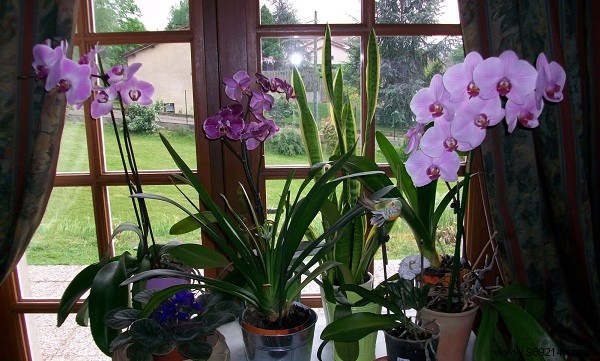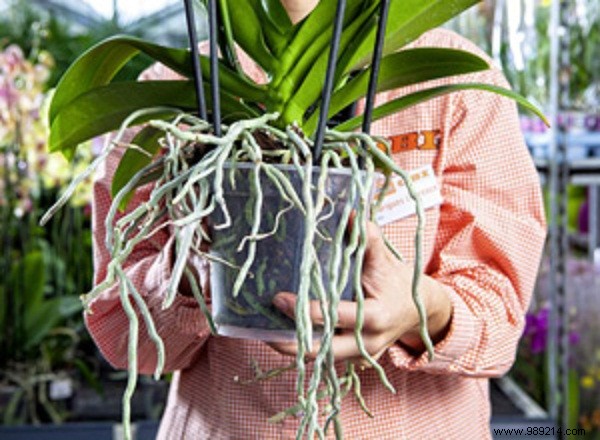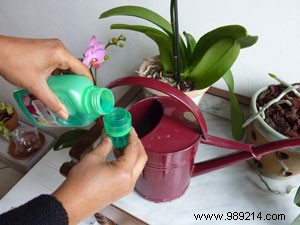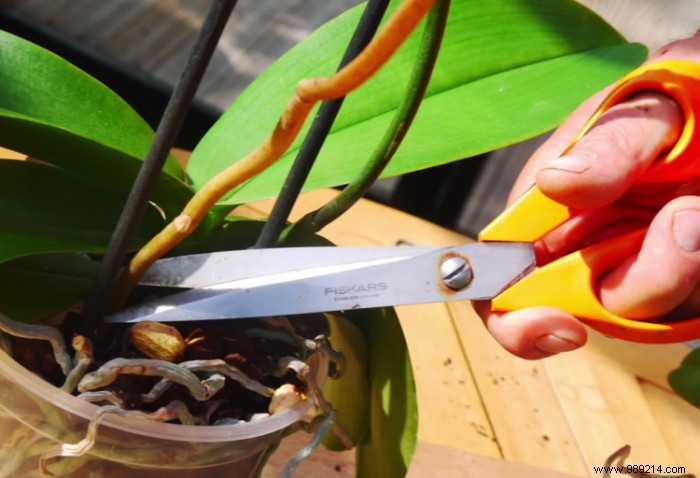
The orchid is a fascinating plant. The flowers are velvety, the colors sparkling and the shapes unusual. This is why this plant is so popular. Generally epiphytic and lithophytic, it is easy to grow and can be adopted as a houseplant. To prevent it from fading, follow our tips below.
The orchid requires a lot of light, especially in the morning. Therefore, place it near a window without exposing it to direct sunlight, as this may burn the leaves. Temperature is also an important thing. To facilitate good flowering, avoid placing the plant near a heat source.

Note, however, that this temperature is different for each type of orchid. Thus, the Phalaenopsis solicits about 18°C, the Cattleya and the Odontoglossum between 13 to 15°C, while the Brassia, the Cymbidium as well as the Oncidium require at least 10 to 15°C.

Then, a weekly watering with soft, lukewarm water is enough to moisten this type of plant. However, this action depends on the size of the pot as well as the atmosphere of the room itself. From time to time, you can mist the leaves to preserve them from dehydration.
The best way to keep an orchid a little longer is to keep it in its original pot. Let the roots grow out and then fill the decorative pot. Only then can you repot.

Avoid taking a pot that is too big and do not bury aerial roots. Instead, distinguish a plastic and transparent container to be able to check the state of the roots, which also need light. To feed the plant, add liquid fertilizer or seaweed every 3 weeks.

Liquid fertilizer
In addition, be aware that an orchid flourishes fully in a humid environment as in its natural environment, especially in the forest. To do this, install a saucer with clay balls and a bottom that perfectly holds the water. Lay your plant on top, but avoid drowning the roots.
Once your orchid is well cared for, it will be able to bloom all year round. When the stem is deflowered, you need to cut it just above the bud. Use pruners or a pair of scissors. In case the stem is completely dry, cut it finely to make another one reappear. If you see dry leaves, remove them. On the other hand, dried roots must be removed with a disinfected tool.

At the end of the first bloom, the Phalaenopsis can bloom a second time from the flower stalk. Just fold it over the second knot from the bottom. This allows the secondary rod which is a bit shorter to come free. Thus, you will have new flowers.

Phalaenopsis
Before removing the orchid for repotting, wait until the substrate is completely dry. Then place the plant in the center of the pot without packing it down to keep the air. Make sure it is stable. By following these few guidelines, you will have a well-maintained and healthy orchid all year round!
Feature photo credit:Catherine Delvaux